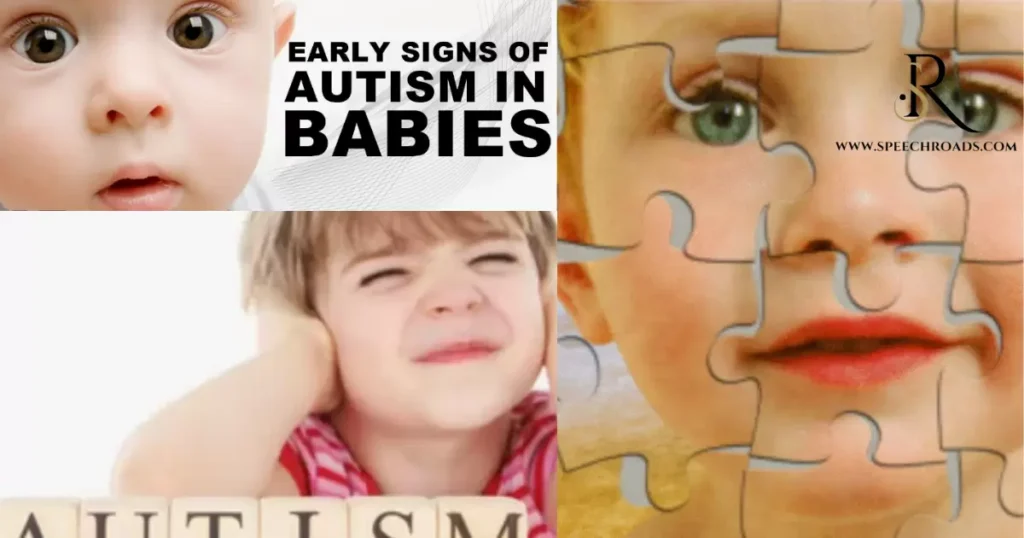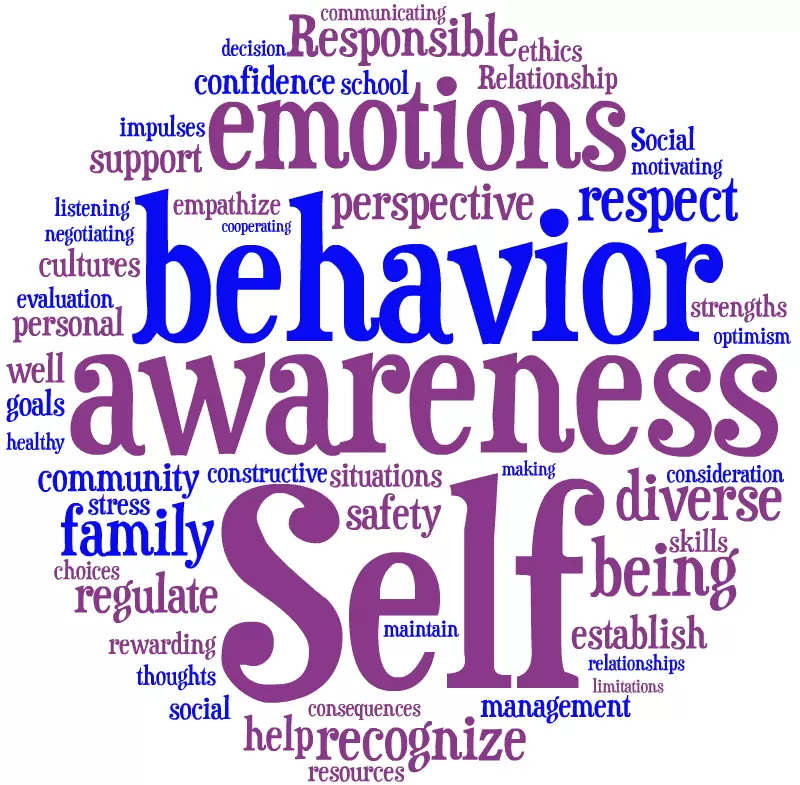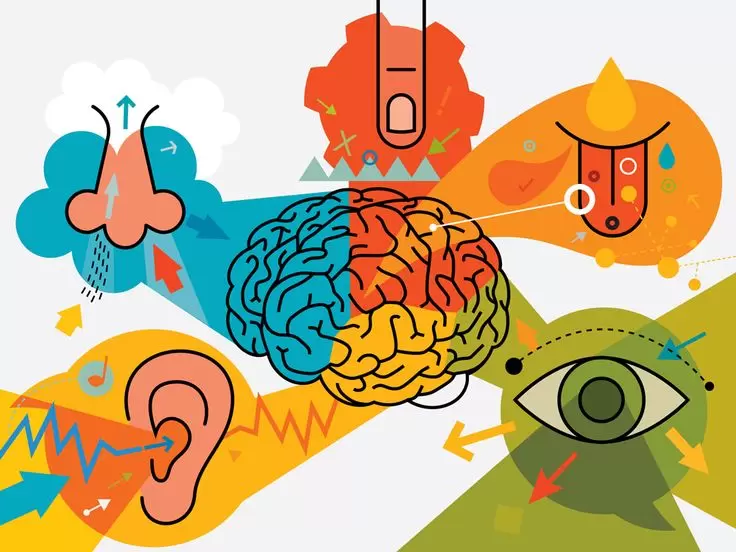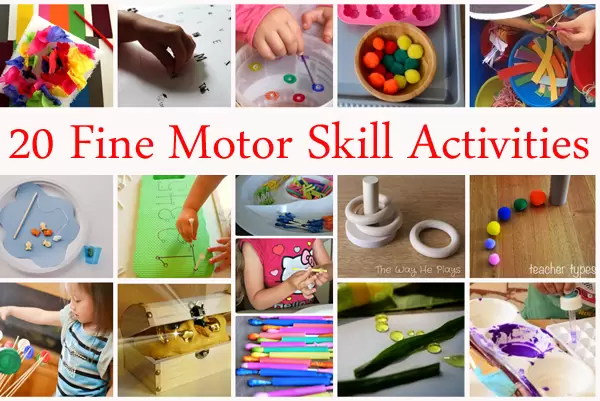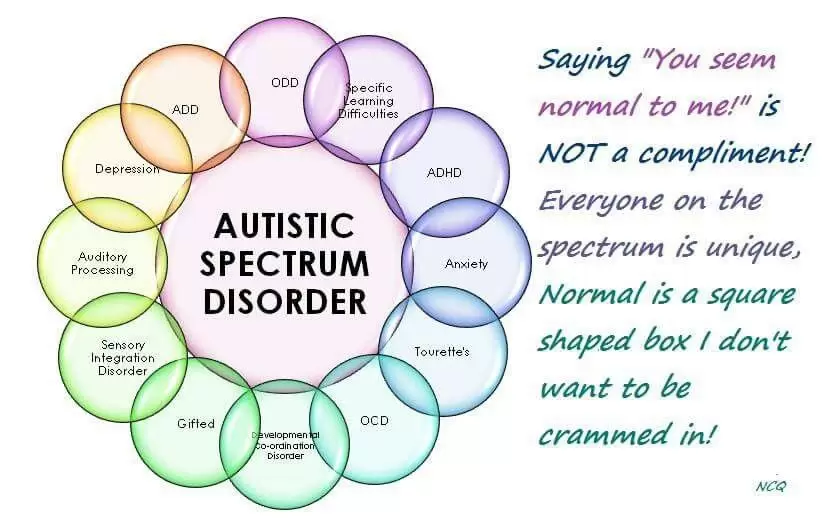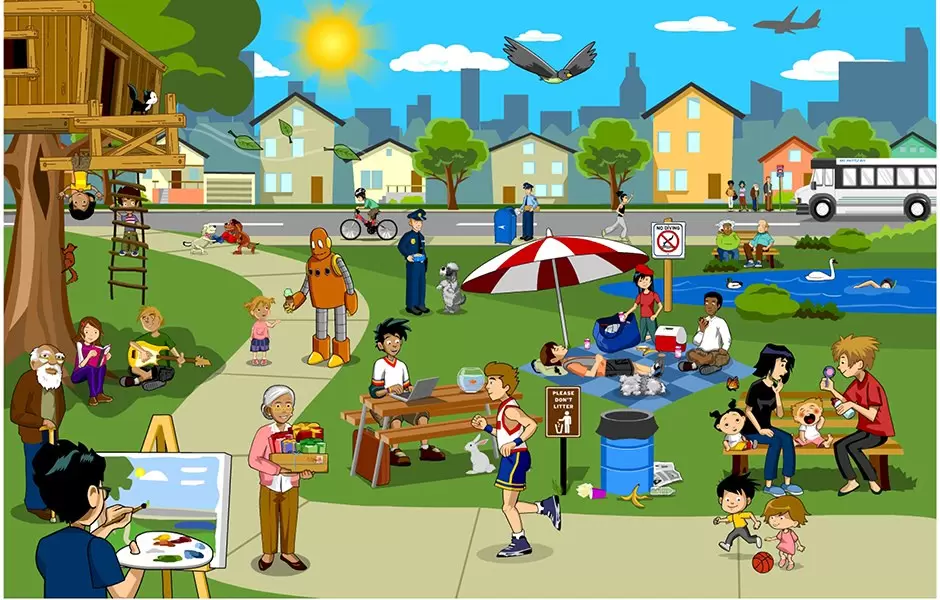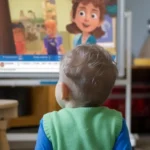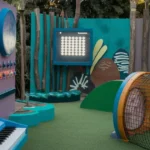Introduction
As parents, one of the largest concerns that may stand up is the opportunity of your toddler being on the autism spectrum.
But it’s essential to keep in mind that no longer each child who exhibits different behaviors is always autistic.
In this blog article we discussed the prominent signs your toddler is not autistic. In truth, there are numerous outstanding signs and symptoms which can indicate your little one is developing typically and now not on the autism spectrum.
Early Communication and Interaction Milestones
One of the key signs of common toddler improvement is their capability to engage in effective verbal exchange and social interaction. Neurotypical infants will typically make eye touch, reply to their call and take part in again-and-forth babbling and gesturing. They’ll also display the ability to comply with simple commands and imitate the moves of others.
“Toddlers who are growing generally will display a herbal hobby inside the human beings and world around them, seeking to engage and have interaction through a spread of manners.” – child development specialist, Dr. Emily Walton
At 12 months of age maximum toddlers might be able to apprehend simple phrases and phrases as well as use their very own phrases or gestures to speak their needs and dreams. They may frequently point to gadgets, wave good-bye and have interaction in back-and-forth interactions with caregivers and peers.
Social and Emotional Behaviors
Healthful social and emotional development is some other hallmark of a neurotypical infant. You’ll be aware of your toddler showing a number of emotional expressions, seeking out and playing social interactions, showing affection and engaging in innovative and pretend play. Those behaviors are regularly in assessment to the social and emotional demanding situations that may be present in kids at the autism spectrum.
| Typical Toddler Behaviors | Autism Spectrum Behaviors |
| Seeks out social interaction | Prefers solitary play |
| Engages in pretend and imaginative play | Limited or no pretend play |
| Expresses a range of emotions | Difficulty expressing emotions |
| Responds to affection | Limited interest in affection |
Neurotypical infants will usually display an interest in their friends. Have interaction in cooperative play and demonstrate the ability to proportion and take turns. They will also reply to social cues, inclusive of smiling, laughing and displaying empathy. In contrast, youngsters on the autism spectrum may also have problems with social interaction, preferring to play by themselves. Also show off a narrower range of emotional expression.
Cognitive and Sensory Development
Neurotypical infants will usually meet their cognitive and sensory development milestones. Showing interest, problem-solving abilities and appropriate responses to sensory stimuli. They’ll display an eager interest in exploring their surroundings and display age-suitable expertise and processing of the arena around them.
With the aid of the age of 2 most neurotypical toddlers are able to type items via color and shape. Follow two-step commands and pick out acquainted gadgets and pix. They’ll also be able to engage in simple faux play along with feeding a doll or riding a toy car.
In terms of sensory improvement, neurotypical toddlers will typically reply appropriately to exceptional sensations which includes loud noises, vibrant lighting and various textures. They may show a natural interest and eagerness to explore their senses. Whereas youngsters at the autism spectrum may also have heightened or diminished sensory responses.
Motor Skills and Coordination
Physical development is every other key location in which you’ll see clear signs of a neurotypical infant. They may attain gross and high-quality motor talent milestones and display coordinated actions. The potential to feed themselves and age-appropriate balance and spatial focus.
By means of 18 months maximum neurotypical toddlers could be in a position to stroll, run and climb with no trouble. They may additionally show the capability to understand and manage small items. Which includes crayons or constructing blocks and interacting in activities that require hand-eye coordination like throwing and catching a ball.
It’s critical to notice that a few kids may also attain motor skill milestones at specific places. It is continually nice to speak about any issues together with your baby’s pediatrician or a developmental expert.
Distinguishing Autism-Specific Behaviors
At the same time it is essential to celebrate the distinctiveness of each toddler. It’s also critical to understand the differences between common infant improvement and the behaviors associated with autism spectrum disorder (ASD). Characteristics like restrained eye contact not on time language improvement and repetitive or restrictive behaviors may be indicators of autism.
Youngsters on the autism spectrum can also have problems with social engagement. War to express their emotions and exhibit a narrower variety of hobbies or play talents. They’ll also enjoy heightened or faded sensory responses. Mainly to over-or under-sensitivity to certain stimuli.
It’s crucial to take into account that autism is a spectrum ailment. The severity and presentation of signs can range significantly from child to toddler. Some children at the spectrum might also show only some of those characteristics. At the same time as others may showcase a more extensive variety of them.
Conduct and Play abilities
conduct and play skills are crucial factors of a little one’s improvement. They provide possibilities for gaining knowledge of, creativeness, and self-expression. regular toddlers show off a huge range of behaviors and engage in numerous styles of play. right here are a few key milestones to take into account:
| Age | Milstones |
| 12-15 months | Explores toys with curiosity also imitates actions |
| 18-24 months | Engages in fake play, shows improved independence |
| 24-36 months | Engages in cooperative play, follows simple rules |
When to Seek Professional Advice
If you have any concerns about your infant’s improvement. It’s constantly satisfactory to discuss with a professional. Early intervention and evaluation could make a large difference in helping your infant’s desires and ensuring. They acquire the ideal care and resources. Pediatricians, toddler improvement specialists, and autism specialists can provide precious steering and help in the evaluation technique.
At some stage in the assessment specialists will usually compare your toddler’s communication, social interaction, play skills, sensory processing and general development. They’ll also study your toddler’s conduct in different settings and collect facts from you and other caregivers.
If your infant is diagnosed with autism spectrum ailment. Early intervention can assist to address any developmental challenges and assist your baby’s growth and nicely-being. With the right guide and strategies kids at the autism spectrum can thrive and reach their complete ability.
Embracing Your Toddler’s Unique Personality
In the long run, every toddler is specific and it’s essential to rejoice in their individuality. While it is herbal to have worries. Strive now not to compare your infant’s improvement to unrealistic expectancies or the “ideal” infant. Embody your infant’s strengths. Foster a nurturing and inclusive surroundings and endorse for his or her proper-being with compassion and expertise.
Keep in mind even in case your little one isn’t on the autism spectrum they’ll still have their personal specific quirks, choices and developmental trajectories. Have a good time with their individuality. Offer them a supportive and loving domestic and work closely with professionals. To ensure they get hold of the sources and guides they want to thrive.
FAQ’s
How to know if a toddler is not autistic?
Demonstrate age-appropriate social interactions.
Is my 2.5 year old autistic?
Not consistently use eye contact to get someone’s attention.
What are the red flags for autism?
Concerns about a child’s social skills, communication, and restricted or repetitive patterns of behaviors, interests, activities, and emotional regulation.
What are the finger movements of autism?
Shaking your fingers in front of your eyes to make it look like lights are flickering. Snapping your fingers. Scratching your skin.
Conclusion
With the aid of understanding the prominent symptoms of common infant development.
You could gain treasured insight into your toddler’s progress and better guide their adventure.
Don’t forget each toddler is special and with open conversation, professional steerage and a loving environment. You can assist your toddler thrive and reach their complete ability.
If you have any concerns about your toddler’s improvement don’t hesitate to search for the recommendation of a qualified professional.
With early intervention and the proper guide you may make sure your little one receives the care and resources they want to be triumphant.

